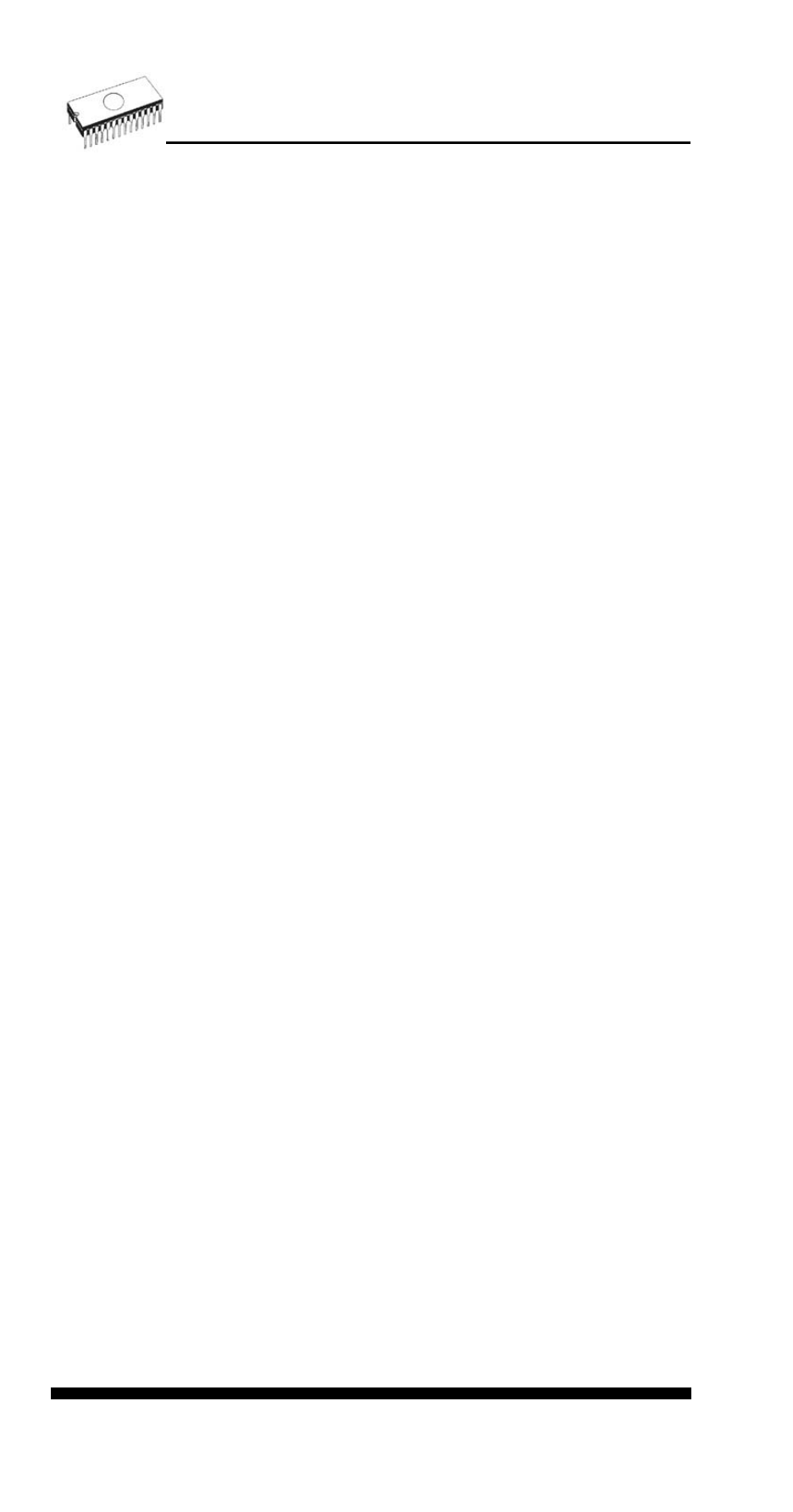View/edit buffer – Dataman 48Pro User Manual
Page 44

You can use
View/Edit Buffer
F1
display help of actual window
F2
fill block causes filling selected block of
buffer by requested hex (or ASCII) string.
Sets start and end block for filling and
requested hex or ASCII string.
Ctrl+F2
erase buffer with specified blank value
Ctrl+Shift+F2
fill buffer with random data
F3
copy block is used to copy specified
block of data in current buffer on new
address. Target address needn't be out
from source block addresses.
F4
move block is used to move specified
block of data in current buffer on new
address. Target address needn't be out
from source block addresses. Source
address block (or part) will be filled by
topical blank character.
F5
swap bytes command swaps a high- and
low- order of byte pairs in current buffer
block. This block must started on even
address and must have an even number
of bytes. If these conditions do not fulfil,
the program modifies addresses itself
(start address is moved on lower even
address and/or end address is moved on
higher odd address).
F6 print
buffer
F7
find string (max. length 16 ASCII
characters)
F8
find and replace string (max. 16 ASCII
chars.)
F9 change
current
address
F10
change mode view / edit
F11
switch the mode of buffer data view
between 8 bit and 16 bit view. It can be
also do by mouse clicking on the button
to the right of View/Edit mode buffer
indicator. This button indicates actual
data view mode (8 bit or 16 bit), too.
F12
checksum dialog allows to count
checksum of selected block of buffer
change mode view / edit
Arrow keys
move cursor up, down, right and left
Home/End
jump on start / end current line
PgUp/PgDn
jump on previous / next page
Ctrl+PgUp/PgDn jump on start / end current page
Ctrl+Home/End jump on start / end current device
Shift+Home/End jump on start / end current buffer
44
